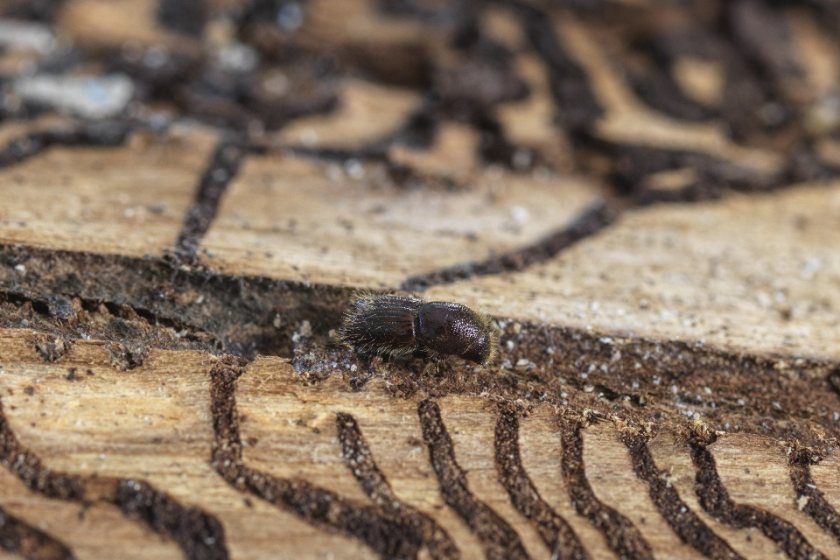
Farmers and landowners are being urged to look out for the eight-toothed spruce bark beetle, a serious pest of spruce trees first found in 2018.
Defra has issued an update on new outbreaks of the pest, which has been recorded on sitka spruce trees within the demarcated area covering much of East Anglia and the south east.
Farmers, woodland managers, landowners and the public are being urged by Defra and the Forestry Commission to look out for the pest.
Although preferring stressed or dying trees, scientists say that under the right conditions the beetles will attack healthy trees, with the potential to cause significant damage.
In the UK, the pest is most commonly found on Norway spruce, but all spruce species are vulnerable to attack, alongside fir species such as the Nordmann fir and pine species.
Fallen, cut, damaged or generally unhealthy trees are the main target of the pest as they have little or no defence system, scientists say,
However, healthy trees can also become infested if environmental conditions see beetle numbers increase significantly.
It is thought that the recent outbreaks are most likely due to natural dispersal of the pest from mainland Europe, and there is no evidence of spread within the UK.
Farmers and landowners in the south east of England are being encouraged to proactively remove spruce and replant with other non-susceptible species.
They may be eligible for funding if their land is in the ‘proactive spruce removal area’.
NFU plant health adviser Dr Alison Warrington has advised that farmers with spruce on their land, particularly those growing for the Christmas tree industry, should take care to check fallen and damaged trees for signs of the pest.
She added: “Use the Forestry Commission guidance to help identify the signs and symptoms. This is especially important for those within or near the demarcation area.
“This pest has the potential to cause significant damage to healthy trees, therefore identification and eradication as quickly as possible is key.”
Farmers and landowners served with a statutory plant health notice due to an outbreak on their site may be eligible for grants to support felling and restocking activity through the Tree Health Pilot.
